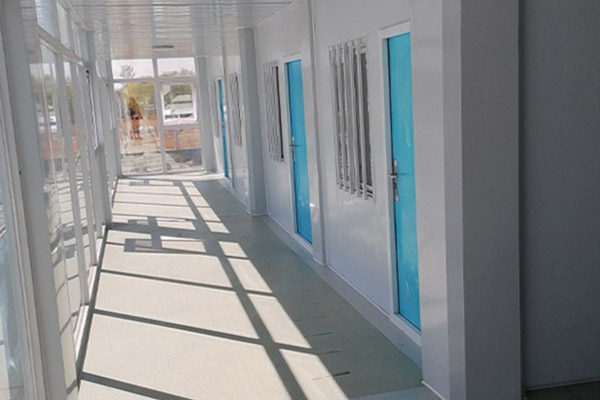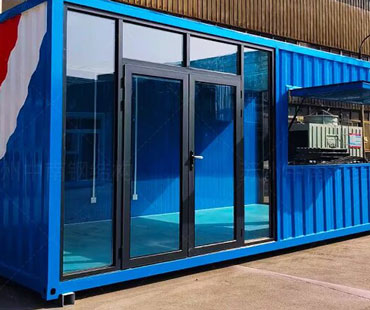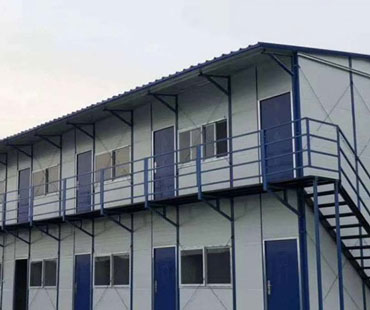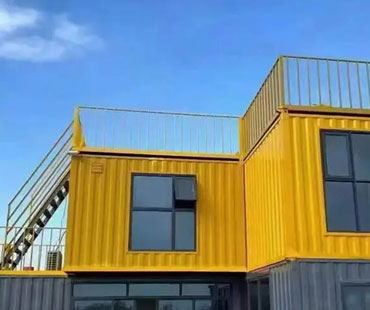Choosing the right shipping container is a critical decision that can significantly impact the efficiency, safety, and cost-effectiveness of your logistics operations. With a variety of container types and specifications available, making the right choice involves understanding your specific needs and the characteristics of different containers.
1. Determine Your Cargo Type
The first step in selecting the right container is to understand the nature of the cargo you will be transporting. Different types of cargo have specific requirements that can influence the choice of container.
Key Points:
-General Cargo: For most standard goods, a standard dry container (20-foot or 40-foot) is adequate.
-Refrigerated Goods: If you are transporting perishable items, consider using a refrigerated container (reefer) that maintains a controlled temperature.
-Hazardous Materials: For dangerous goods, ensure compliance with the International Maritime Dangerous Goods (IMDG) Code and select containers designed for hazardous materials.
-Oversized Cargo: If your cargo is particularly large or heavy, look into flat racks or open-top containers that can accommodate oversized items.
2. Understand Container Specifications
Once you know what type of cargo you're dealing with, it’s essential to understand the specifications of different containers, including size, weight capacity, and construction material.
Key Points:
-Container Sizes: Standard containers come in two primary sizes—20-foot and 40-foot—along with high cube options that offer additional height.
-Weight Limits: Be aware of the maximum weight capacity (payload) of the container, which is crucial for safe transport.
-Material: Most containers are made of steel or aluminum. Steel containers are more durable, while aluminum containers are lighter and resistant to corrosion.
3. Evaluate Container Condition
When choosing a container, especially if purchasing used ones, evaluating the condition is paramount. Containers can be either new or used, and their condition will affect the safety and integrity of your cargo.
Key Points:
-New vs. Used: New containers are more expensive but offer the assurance of quality. Used containers are cost-effective but should be thoroughly inspected.
-Inspection Criteria: Check for rust, dents, structural integrity, and the state of the door seals. Ensure there are no leaks that could compromise your cargo.
-Certification: Look for a CSC (Container Safety Convention) plate, which certifies that the container meets safety standards.
4. Consider the Shipping Method
The method of transport will also influence your choice of container. Different shipping methods may have specific requirements that need to be addressed.
Key Points:
-Maritime Shipping: For ocean freight, ensure that the container meets the International Maritime Organization (IMO) standards.
-Land Transport: If the container will be transported by truck or rail after reaching the port, check compatibility with local transport regulations.
-Intermodal Use: If you plan to use the container across different transport modes, opt for a container designed for intermodal shipping, which offers flexibility.

5. Assess Cost Considerations
Budget is often a decisive factor when choosing a container. It’s important to balance cost with the quality and suitability of the container for your specific needs.
Key Points:
-Purchase vs. Lease: Determine whether it’s more cost-effective to purchase or lease a container based on your long-term needs.
-Additional Costs: Consider potential additional costs such as maintenance, transportation, and modifications (e.g., adding insulation for temperature-sensitive cargo).
-Insurance: Factor in insurance costs for the container and its contents, especially if transporting high-value or fragile goods.
6. Explore Customization Options
In some cases, standard containers may not fully meet your requirements. Many suppliers offer customization options to better suit specific needs.
Key Points:
-Modifications: Consider modifications like adding shelving, ventilation, or insulation for specialized cargo.
-Branding: Some companies opt for branding their containers with logos and colors for marketing purposes.
-Security Features: If security is a concern, look for containers with enhanced locking mechanisms or alarm systems.
7. Work with Reputable Suppliers
Choosing a reliable container supplier is crucial for ensuring the quality and service associated with your container purchase or lease.
Key Points:
-Research Suppliers: Look for established companies with positive reviews and a proven track record in the industry.
-Ask for Recommendations: Seek recommendations from industry peers or consult trade organizations for reputable suppliers.
-Check After-Sales Support: Ensure the supplier offers good customer service and after-sales support, including assistance with maintenance and repairs.
Selecting the right shipping container is a multifaceted decision that requires careful consideration of various factors, including cargo type, container specifications, condition, shipping method, and budget. By followingthe guidelines outlined above, you can make an informed decision that optimally meets your logistics needs. Here’s a recap and some final tips to keep in mind during your container selection process:


